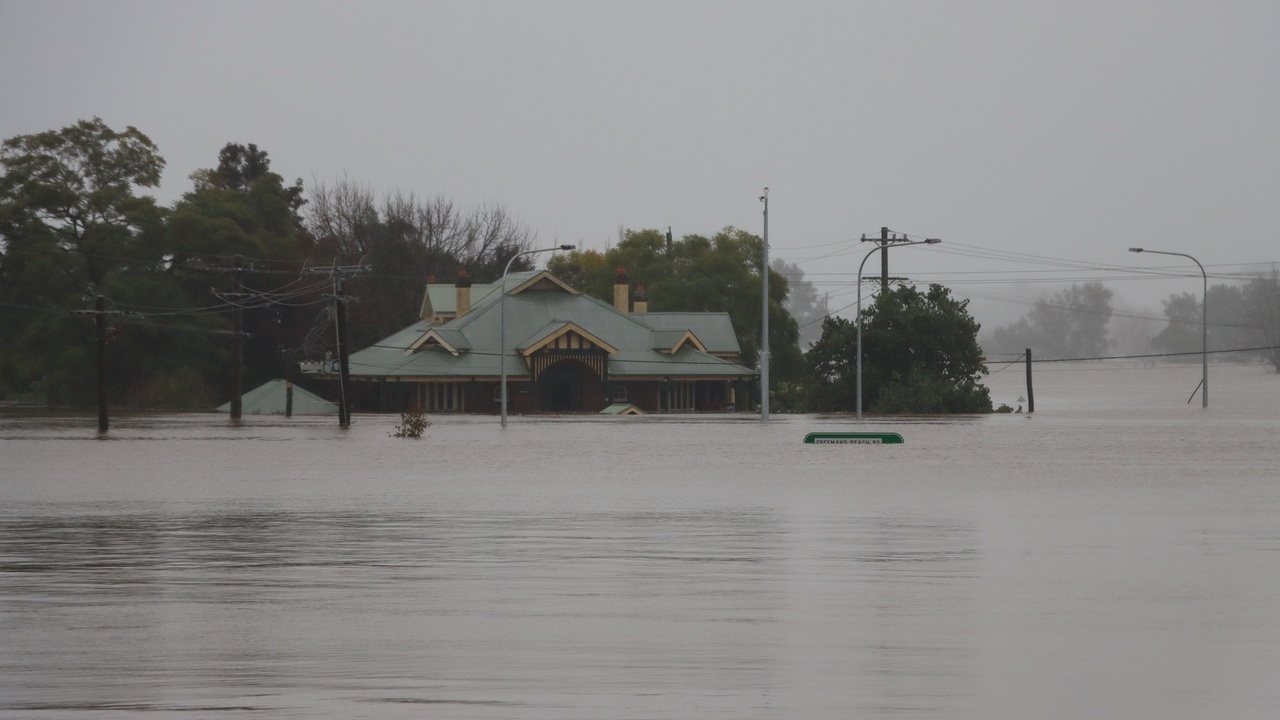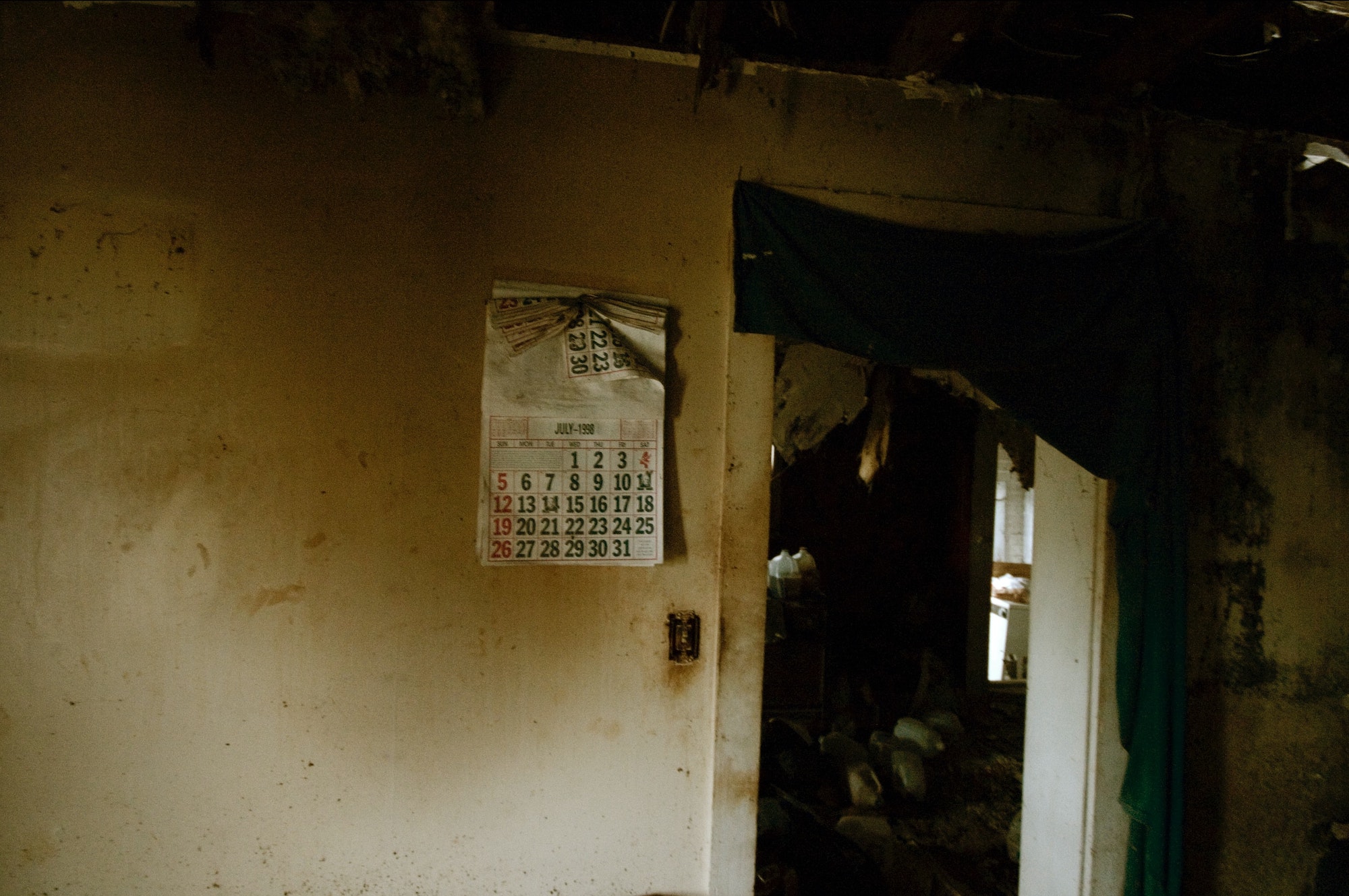What Are The 3 Categories of Water Damage?
Oct 10, 2022
Seeing footage of flash flooding, hurricane damage, and the result it has on poor infrastructure is enough to keep anyone lying awake at night. Flood damage is one of the most common and stressful experiences a person can have, especially as a homeowner or business owner.
Understanding the differences between certain levels and types of water damage can help you address and request help for emergency situations involving mold.
What causes water damage in homes and buildings?
Whether you’re a business owner or a homeowner, navigating water damage can be a grueling process. There are a couple of primary ways your property could be damaged by water, so knowing what they are and how to prevent them gives you a leg up in a dire situation. But, if prevention is not an option, you still need to know the proper steps to call in your resources to address the affected area.
Flooding and natural disasters
One of the most terrifying experiences a person can have is the aftermath of a natural disaster. From flooding to tornadoes, there’s no shortage of damage done. If your home experiences flooding due to a storm surge after the hurricane, there’s a good chance that you may be looking at a difficult situation when it comes to standing water and flood damage.
Leaks from roofs and other sources
You’ve probably had your fair share of leaky roofs, pipes, and other sources. And even a long-term, slow leak can be just as dangerous – water builds up, making identifying the water source tricky, and even if the water begins to drain, you’re stuck with a moist, dark, humid area. That happens to be exactly what mold needs to thrive.
Breaking down the 3 categories of water damage
There are multiple categories of water damage. Understanding these categories can help you better identify what action and next steps to take next. Knowing the exact type of support your property is in need of will help save you money and time.
Category 1: Clean water damage
The first category on the IICRC scale, or the Institute of Inspection, Cleaning, and Restoration Certification, is clean water damage. This type of water damage can accumulate from broken water, supply pipes, and lines. The classics, of course, being bathtubs are sinks that have overflowed. Clean water damage has zero traces of sewage or toxins. And most incidents that fall under category one are less severe, and easily treated.
Category 2: Contaminated “gray water”
Gray water, known to carry bacteria and viruses, can leak from washing machines, toilets, or even pump backups. To keep the area safe, gray water contamination must be treated effectively by professionals to keep all inhabitants of that space safe.

Eradicating your space of any items that have been tainted by the gray water damage is crucial to proper sterilization. The disinfection that follows the waste removal helps avoid the transmission of any chemicals within the gray water.
Category 3: Contaminated “black water”
Black water damage requires the highest level of support, as it is the worst and most detrimental water damage that your property could experience. The urgency that follows to mitigate this damage can be the difference between you and your loved ones being exposed to particles that can cause serious health complications.
Black water can be anything from seawater to groundwater, sewage, or rising flood waters. Like gray water, this category of water damage requires large amounts of materials and items to be removed from your home. Then, the space will be subject to thorough disinfection. Without this process, your home and its inhabitants will be at risk for illness.
Water damage can lead to mold issues
It might feel like a little leak isn’t a huge deal when it’s first discovered. But depending on contributing factors, especially, what category the water damage falls into, may have you rebuilding an entire area of your home.
Know when mold remediation is necessary
Mold remediation can mean the difference between good and bad health outcomes in your building or home. It’s never worth the risk, and calling in mold professionals who go above and beyond can help eradicate any mold concerns and help you set your space up for future success.
Learn what you need to remove mold from homes and buildings with NIAQI
Mold remediation doesn’t have to be a scary, stressful experience. With the right support, identification and removal of mold from your home or building can be successful, but it must be done right the first time. If you’re curious about setting up a consultation, give us a call or head on over to our website.
Get mold industry news and updates from NIAQI.
Join our mailing list to receive the latest news and updates from our expert mold instructors.
Don't worry, your information will not be shared.
We hate SPAM. We will never sell your information, for any reason.


